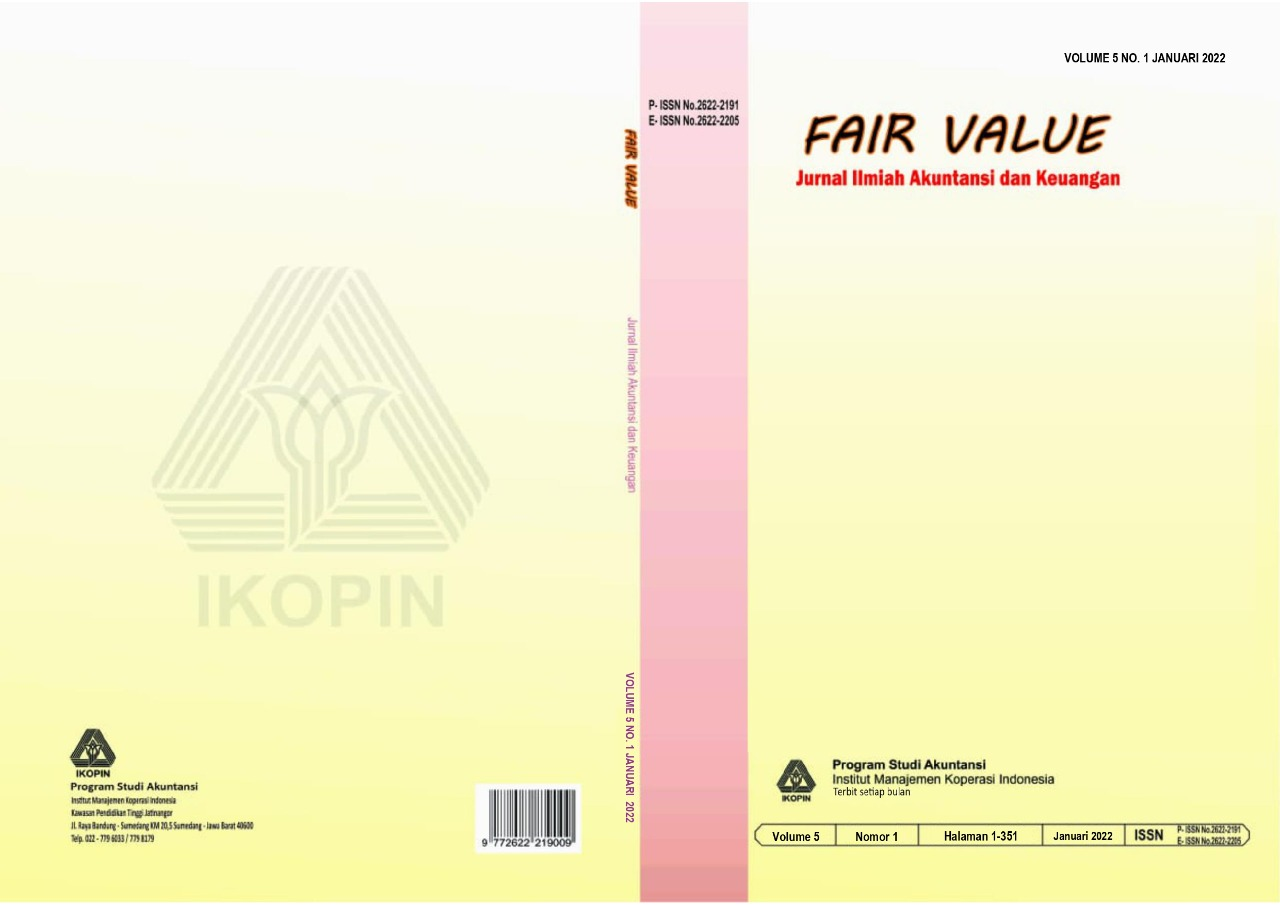Marketing strategy for spotless
Main Article Content
Abstract
Spotless is a pioneering brand in the shoe care and hygiene category. Spotless was founded in 2015 with a vision of being a one-stop solution for all shoe hygiene and care needs. In the last six months, Spotless has experienced a significant increase in sales from July to December 2021. Spotless has experienced a 6-fold increase in sales and a 10-fold increase in marketing costs. Spotless's current goal is to maximize marketing strategies on digital platforms to introduce its products to a broader market and improve its operations that are still adjusting to current sales conditions to make it grow and stabilize existing sales. This study aims to identify marketing strategies or activities that can be used to effectuate and optimize marketing costs. These marketing strategy activities can help to increase sales and reduce marketing costs that now account for up to half of sales. This study will use qualitative research methods to observe all of Spotless's marketing activities and plan marketing strategies. The primary data for this study came from interviews with employees, consumers, and management. Secondary data for this study comes from journals, books, and articles to gain information and understanding about the theory and internal and external conditions of Spotless. Data analysis techniques in this study used internal analysis and also external analysis. This study aims to analyse the internal and external conditions of Spotless, aiming at planning and developing business and marketing strategies and providing implementation of programs that Spotless will run.
Article Details
References
Abdulkadir, A., Afriana, W., & Azis, H. A. (2020). Footwear export competitiveness of Indonesia and
Vietnam. Signifikan: Jurnal Ilmu Ekonomi, 9(2).
Ahmad, S., Wasim, S., Irfan, S., Gogoi, S., Srivastava, A., & Farheen, Z. (2019). Qualitative vs.
quantitative research. Population, 1, 2.
Amaliyah, R., & David, W. (2021). Identification and classification of msmes during the covid-19
pandemic in the DKI Jakarta. Journal of Entrepreneurship, Management and Industry (JEMI),
(1), 34–47.
Ani, N. A. I. (2020). Personal branding youtuber nomor satu di Indonesia. Jurnal Mozaik Komunikasi,
(2).
Camilleri, M. A. (2018). Market segmentation, targeting and positioning. In Travel marketing, tourism
economics and the airline product (pp. 69–83). Springer.
Fifield, P. (2012). Marketing strategy. Routledge.
Herlambang, F. M. (2021). Pengaruh kualitas produk, desain produk, persepsi harga dan citra merek
terhadap keputusan pembelian konsumen pada sepatu compass. Universitas Mercu Buana
Yogyakarta.
Ibrahim, A., Knox, K., Rundle-Thiele, S., & Arli, D. (2018). Segmenting a water use market: theory of
interpersonal behavior insights. Social Marketing Quarterly, 24(1), 3–17.
Indonesian ranks the 4th largest footwear industry in the world. (2019). IDN Financial.
https://www.idnfinancials.com/archive/news/24481/Indonesian-ranks-the-4th-largest-footwearindustry-in-the-world#:~:text=Throughout 2018%2C the footwear industry,after China%2C India
and Vietnam.
Kotler, P., & Armstrong, G. (2018). Principles of Marketing (17th ed.). Pearson Education Limited.
Prasetiyo, M. D., & Sukartini, N. M. (2020). Kaitan antara kondisi keamanan lingkungan terhadap
jumlah industri mikro dan kecil pada perdesaan di indonesia. jurnal sains sosio humaniora, 4(1),
–240.
Putra, M. A., & Rachmawati, I. (2021). Analysis of consumer preferences in choosing a local sneakers
brand using conjoint. EProceedings of Management, 8(5).
Ramdhani, M. A. (2017). Lingkungan pendidikan dalam implementasi pendidikan karakter. Jurnal
Pendidikan UNIGA, 8(1), 28–37.
Septiani, S., Dewi, F. R., & Siregar, E. H. (2013). The impact of entrepreneurial marketing and business
development on business sustainability: Small and household footwear industries in Indonesia.
International Journal of Marketing Studies, 5(4), 110.
Wahyuning, C. S. (2019). Implementasi teknologi digital untuk meningkatkan kualitas sepatu pada
Industri Kecil dan Menengah. Productum: Jurnal Desain Produk (Pengetahuan Dan
Perancangan Produk), 3(5), 159–164.

